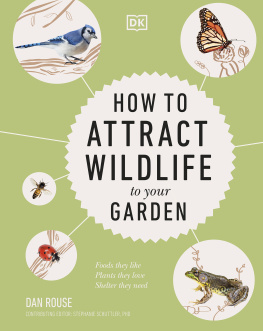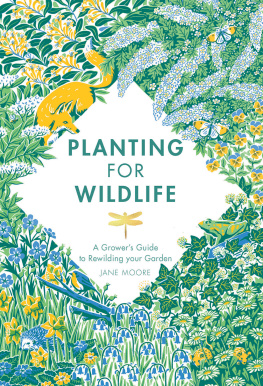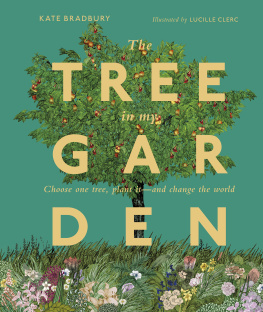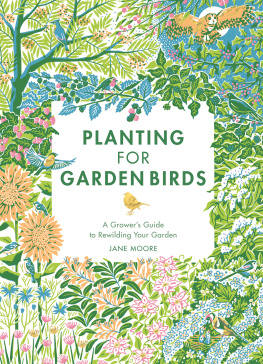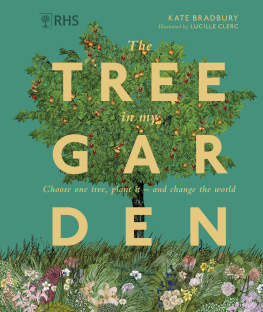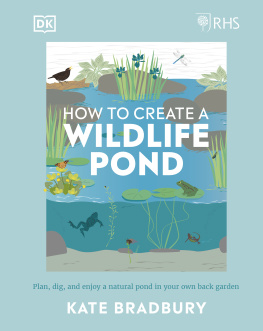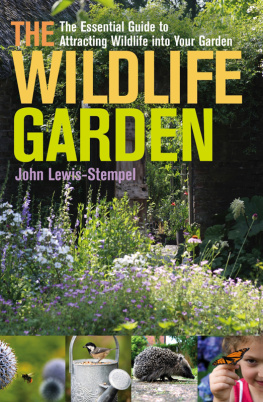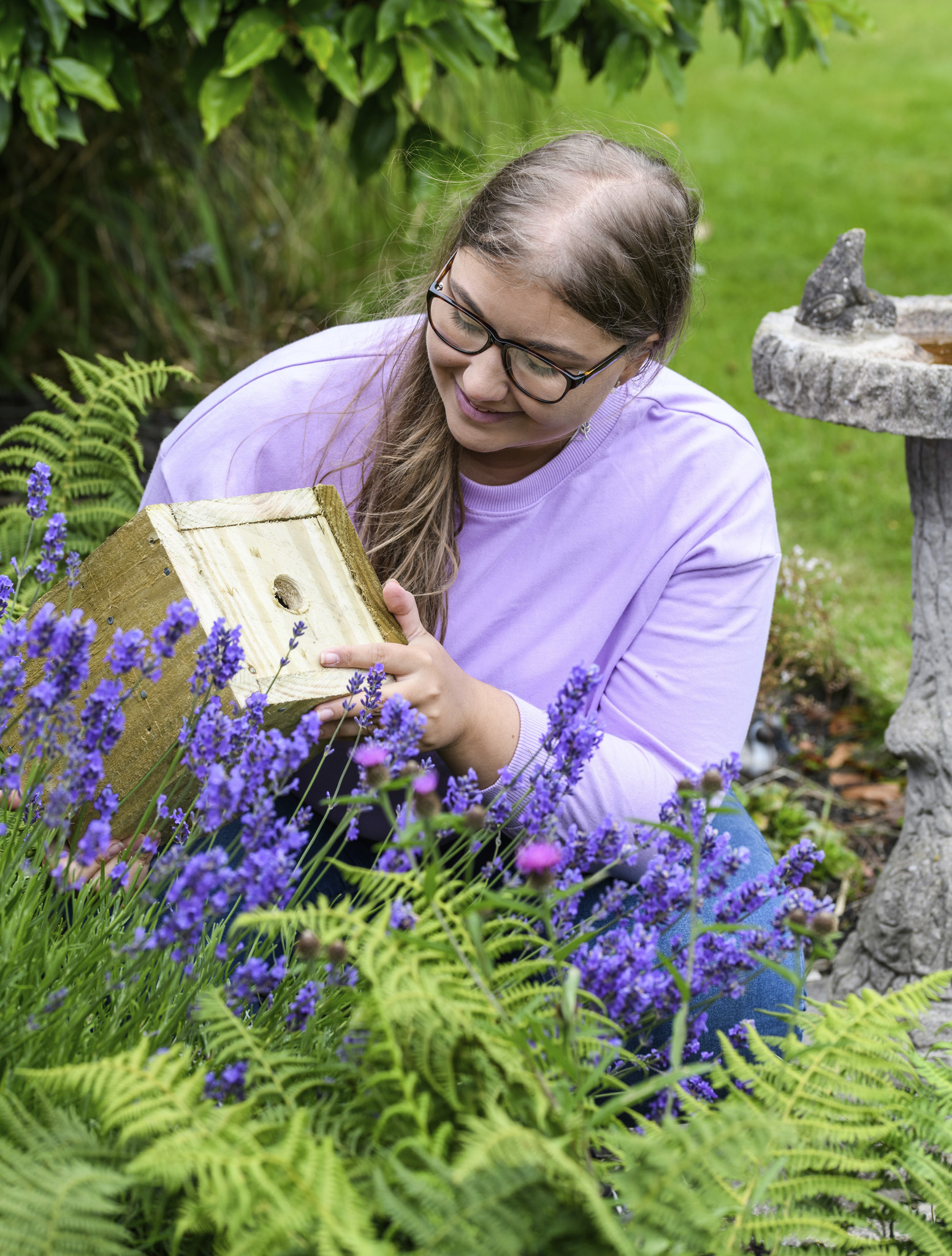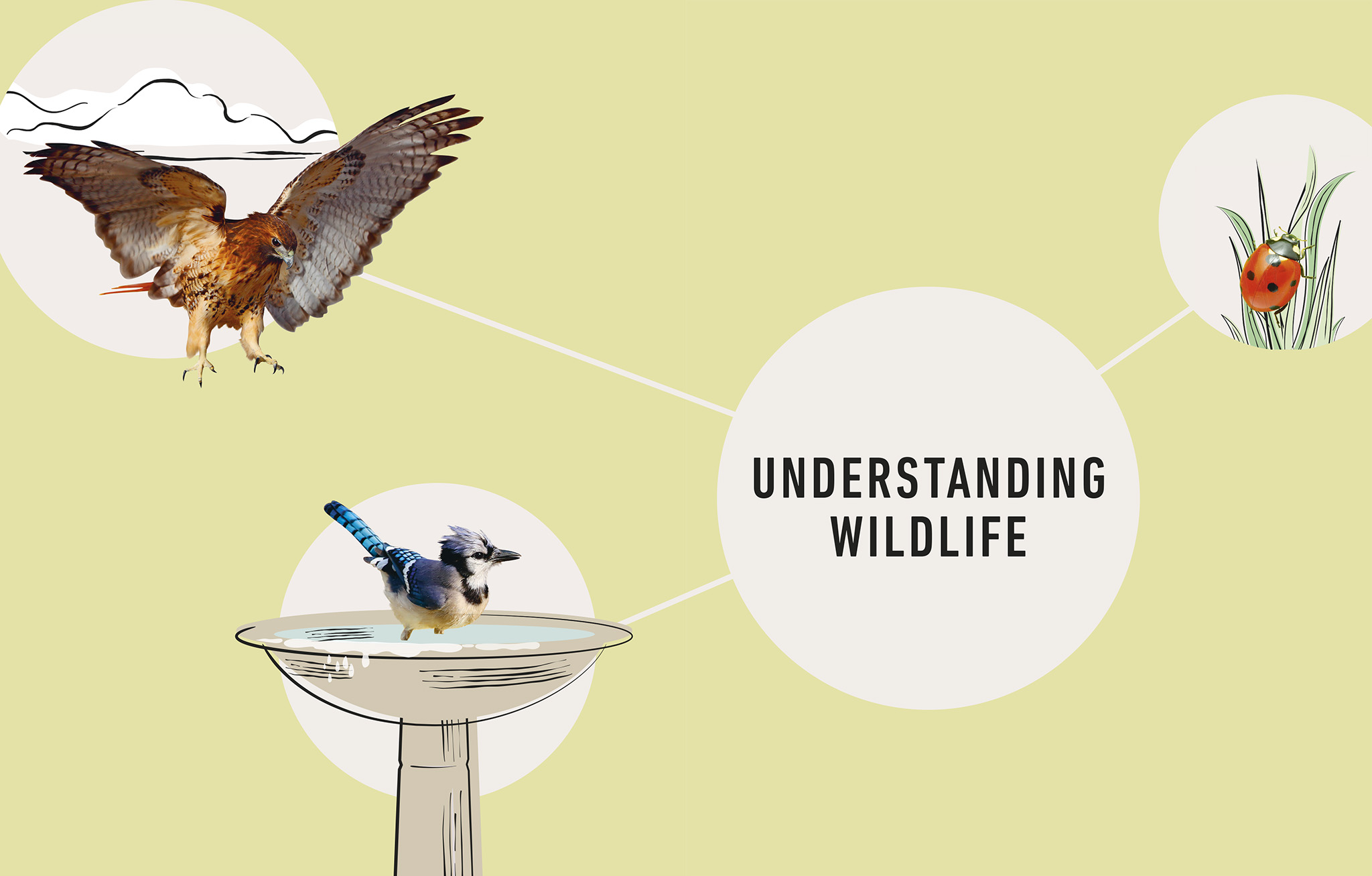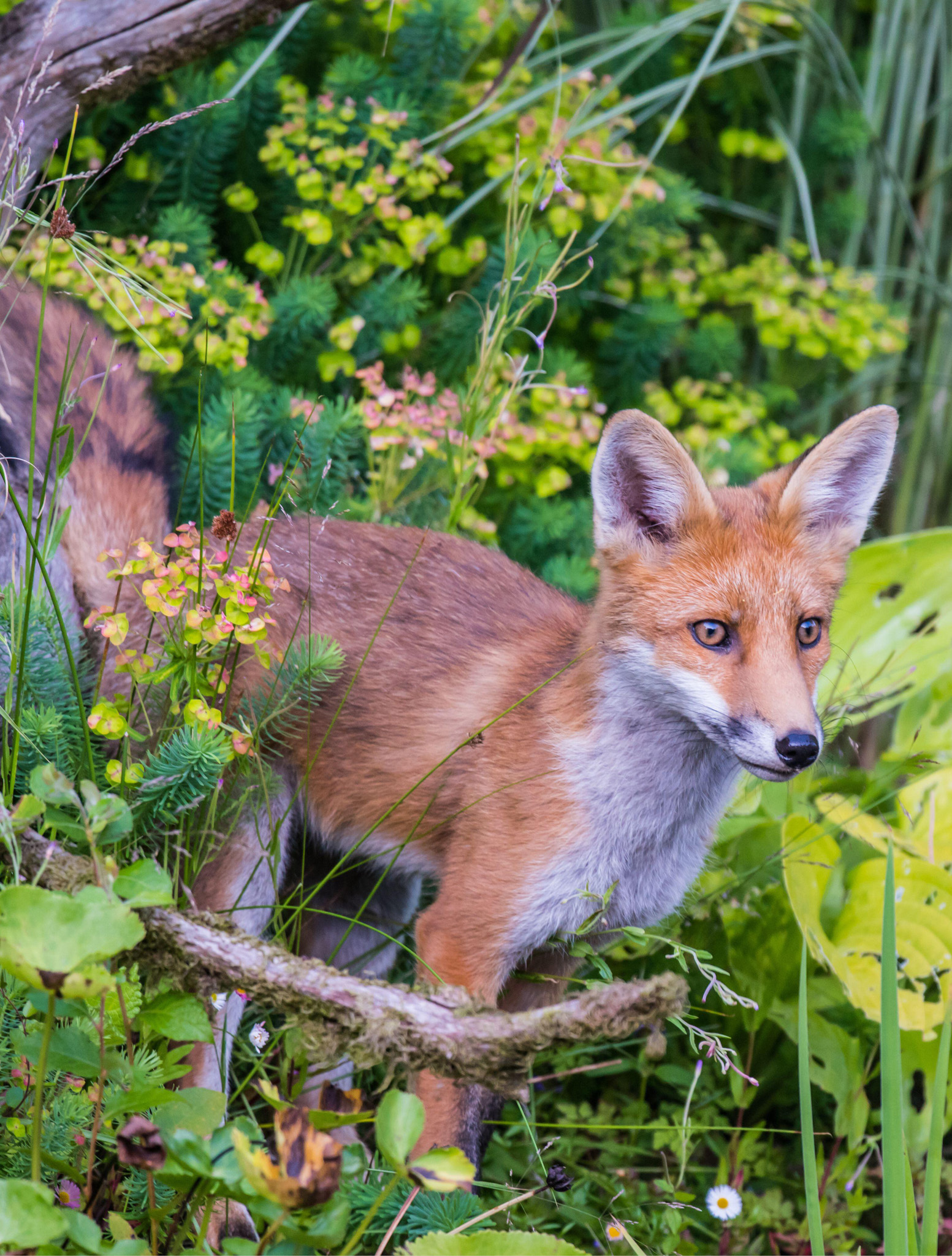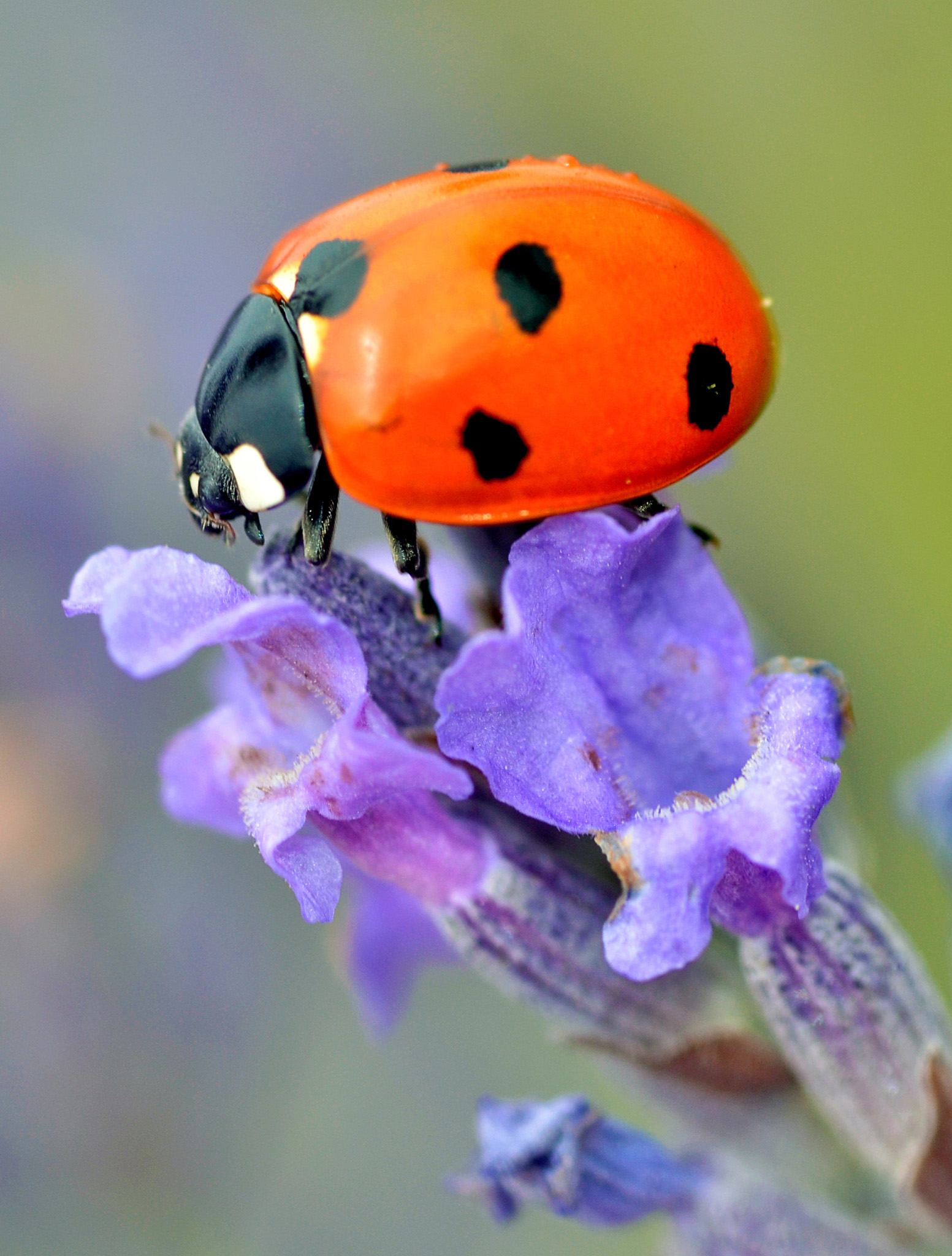Dan Rouse - How to Attract Wildlife to Your Garden: Foods They Like, Plants They Love, Shelter They Need
Here you can read online Dan Rouse - How to Attract Wildlife to Your Garden: Foods They Like, Plants They Love, Shelter They Need full text of the book (entire story) in english for free. Download pdf and epub, get meaning, cover and reviews about this ebook. year: 2023, publisher: DK, genre: Home and family. Description of the work, (preface) as well as reviews are available. Best literature library LitArk.com created for fans of good reading and offers a wide selection of genres:
Romance novel
Science fiction
Adventure
Detective
Science
History
Home and family
Prose
Art
Politics
Computer
Non-fiction
Religion
Business
Children
Humor
Choose a favorite category and find really read worthwhile books. Enjoy immersion in the world of imagination, feel the emotions of the characters or learn something new for yourself, make an fascinating discovery.
- Book:How to Attract Wildlife to Your Garden: Foods They Like, Plants They Love, Shelter They Need
- Author:
- Publisher:DK
- Genre:
- Year:2023
- Rating:5 / 5
- Favourites:Add to favourites
- Your mark:
How to Attract Wildlife to Your Garden: Foods They Like, Plants They Love, Shelter They Need: summary, description and annotation
We offer to read an annotation, description, summary or preface (depends on what the author of the book "How to Attract Wildlife to Your Garden: Foods They Like, Plants They Love, Shelter They Need" wrote himself). If you haven't found the necessary information about the book — write in the comments, we will try to find it.
A practical guide to attracting a range of wildlife to your outdoor space, with advice, inspiration, and step-by-step projects.
Transform your garden into a haven for all kinds of wildlife.
In a world with too much concrete and not enough greenery, every wildlife-friendly garden can make a huge difference.
Let author, presenter, and wildlife conservationist Dan Rouse show you how you can make your outdoor space more welcoming for a wide variety of visitors, from planting pollinator-friendly perennials to providing access for curious squirrels. Learn the best ways to provide shelter, food, and water; discover the best planting choices and how they can help; then sit back and watch as your garden becomes a much-needed refuge for a huge range of species.
The book features plenty of projects to help you attract and observe your new garden visitors, as well as galleries of common species you can expect to see. Following in the footsteps of its sister title How to Attract Birds to Your Garden, everything in the book is clear, accessible, and engaging, with plenty of budget-friendly tips and ideas suitable for gardeners and nongardeners alike.
Packed with equal parts expertise and passion, How to Attract Wildlife to Your Garden proves that, by giving nature opportunities to thrive, we all benefit: ourselves, our planet, and the wildlife that may call our garden home.
Dan Rouse: author's other books
Who wrote How to Attract Wildlife to Your Garden: Foods They Like, Plants They Love, Shelter They Need? Find out the surname, the name of the author of the book and a list of all author's works by series.

